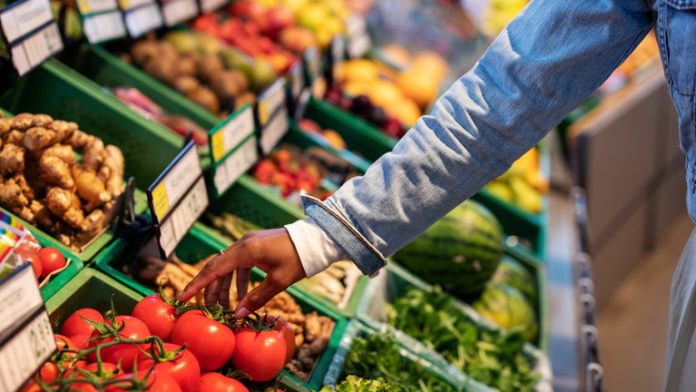|
Lazy eyes listen
|
NewsRescue
The United Nations Food and Agriculture Organization (FAO) revealed on Friday that global food prices rose in April for the first time in a year.
The price index, which covers the most widely traded food items internationally, averaged 127.2 points in April, up from 126.5 in March.
“The slight rebound in the FFPI (FAO Food Price Index) in April was led by a steep increase in the sugar price index, along with an upturn in the meat price index, while the cereals, dairy, and vegetable oil price indices continued to drop,” according to the FAO.
According to the data, the sugar price index has increased 17.6% since March, reaching its highest level since October 2011. The increase was apparently attributed to fears about tighter supply following downward adjustments to India and China’s production predictions, as well as lower-than-expected output in Thailand and the European Union.
The meat price index increased 1.3% over March, while dairy costs decreased 1.7%. Prices for vegetable oil fell 1.3%, marking the seventh straight monthly fall.
The cereal price index fell 1.7%, with a drop in global grain prices outweighing a rise in rice costs.
“The rise in rice prices is extremely concerning, and it is critical that the Black Sea initiative be renewed to avoid further price increases in wheat and maize,” said FAO Chief Economist Maximo Torero.
According to the FAO study, international wheat prices fell 2.3% in April to their lowest level since July 2021, owing primarily to significant exportable supplies in Russia and Australia.
According to the United Nations, improved crop conditions in Europe, as well as an agreement reached at the end of April permitting Ukrainian grains to transit through European Union countries that had imposed import restrictions earlier in the month, contributed to the “overall softer tone in markets.”
Meanwhile, Torero forecasted that when global economies “recover from significant slowdowns, demand will increase, exerting upward pressure on food prices.”





